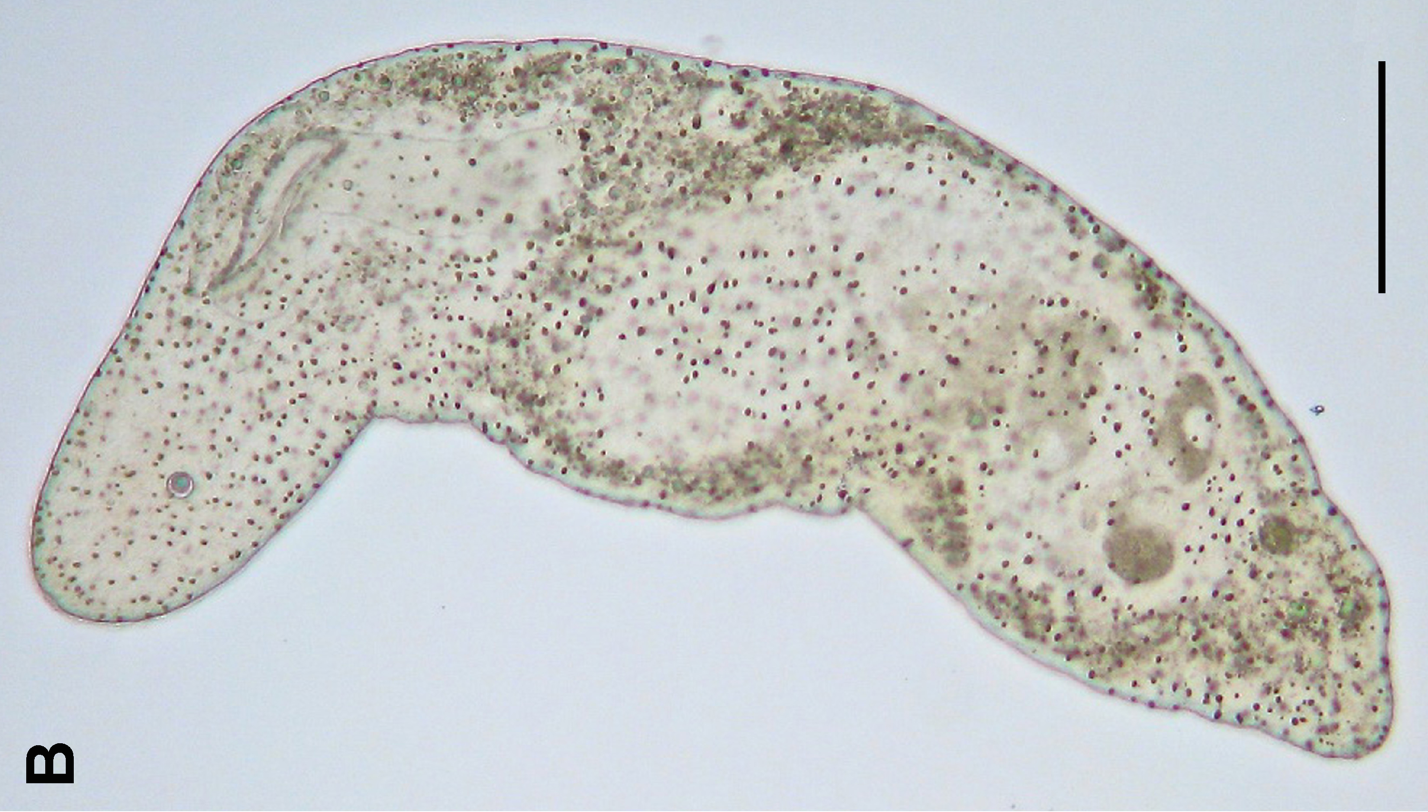|
Rotula Deciesdigitatus
''Rotula deciesdigitatus'' is a species of echinoderm in the monotypic genus ''Rotula'', belonging to the family Rotulidae Rotulidae is a family of small sand dollars native to the Atlantic coast of Africa, with 3 genera, with ''Rotula'' and ''Heliophora'' being extant, the other, ''Rotuloidea'', being extinct since the Pliocene, but all three being found in the fos .... The species is found in Europe and Western Africa. References Clypeasteroida Animals described in 1778 {{echinoidea-stub ... [...More Info...] [...Related Items...] OR: [Wikipedia] [Google] [Baidu] |
Rotula Deciesdigitatus São Tomé
A ''rotulus'' (plural ''rotuli'') or ''rotula'' (pl. ''rotulae'') is often referred to as a "vertical roll," is a long and narrow strip of writing material, historically papyrus or parchment, that is wound around a wooden axle or rod. Rotuli are unwound vertically so that the writing runs parallel to the rod, unlike the other kind of roll, called a "scroll", whose writing runs perpendicular to the rod in multiple columns. Historical Use Specific legal records in Europe, from which is still derived the title of the judicial functionary denominated the " Master of the Rolls", and the Byzantine Empire. Rotuli also have been used as Liturgical manuscripts, e.g., those used for chanting the ''Exultet''. Additionally, mortuary rolls, i.e., documents memorializing the names of all the deceased members of a monastery or other institution, which were banded together and circulated so that they could mutually pray for the repose of each other's decedents. See also * Codex * ... [...More Info...] [...Related Items...] OR: [Wikipedia] [Google] [Baidu] |
Echinoderm
An echinoderm () is any member of the phylum Echinodermata (). The adults are recognisable by their (usually five-point) radial symmetry, and include starfish, brittle stars, sea urchins, sand dollars, and sea cucumbers, as well as the sea lilies or "stone lilies". Adult echinoderms are found on the sea bed at every ocean depth, from the intertidal zone to the abyssal zone. The phylum contains about 7,000 living species, making it the second-largest grouping of deuterostomes, after the chordates. Echinoderms are the largest entirely marine phylum. The first definitive echinoderms appeared near the start of the Cambrian. The echinoderms are important both ecologically and geologically. Ecologically, there are few other groupings so abundant in the biotic desert of the deep sea, as well as shallower oceans. Most echinoderms are able to reproduce asexually and regenerate tissue, organs, and limbs; in some cases, they can undergo complete regeneration from a single limb. ... [...More Info...] [...Related Items...] OR: [Wikipedia] [Google] [Baidu] |
Monotypic
In biology, a monotypic taxon is a taxonomic group (taxon) that contains only one immediately subordinate taxon. A monotypic species is one that does not include subspecies or smaller, infraspecific taxa. In the case of genera, the term "unispecific" or "monospecific" is sometimes preferred. In botanical nomenclature, a monotypic genus is a genus in the special case where a genus and a single species are simultaneously described. In contrast, an oligotypic taxon contains more than one but only a very few subordinate taxa. Examples Just as the term ''monotypic'' is used to describe a taxon including only one subdivision, the contained taxon can also be referred to as monotypic within the higher-level taxon, e.g. a genus monotypic within a family. Some examples of monotypic groups are: Plants * In the order Amborellales, there is only one family, Amborellaceae and there is only one genus, '' Amborella'', and in this genus there is only one species, namely ''Amborella trichopoda.' ... [...More Info...] [...Related Items...] OR: [Wikipedia] [Google] [Baidu] |
Rotulidae
Rotulidae is a family of small sand dollars native to the Atlantic coast of Africa, with 3 genera, with ''Rotula'' and ''Heliophora'' being extant, the other, ''Rotuloidea'', being extinct since the Pliocene, but all three being found in the fossil record along the Atlantic African coast since the Miocene. Morphology The generalized rotulid has a circular to oval-shaped test, and indentations starting along the posterior edge. In ''Heliophora'', the indentations may remain restricted to the posterior edge, or they may reach to the anterior edges of the test. Depending on the individual, the indentations may be very shallow, or very deep, forming very long "fingers," or digits. While rotulids are very distinctive in appearance, they are also highly morphic, with a tremendous diversity seen in individual specimens. That the digits are very fragile, and prone to breaking off and regenerating only adds to individual variations. In the genus ''Heliophora'', the test is extremely v ... [...More Info...] [...Related Items...] OR: [Wikipedia] [Google] [Baidu] |
Clypeasteroida
Sand dollars (also known as a sea cookie or snapper biscuit in New Zealand, or pansy shell in South Africa) are species of flat, burrowing sea urchins belonging to the order Clypeasteroida. Some species within the order, not quite as flat, are known as '' sea biscuits''. Sand dollars can also be called "sand cakes" or "cake urchins". Anatomy Sand dollars are small in size, averaging from three to four inches. As with all members of the order Clypeasteroida, they possess a rigid skeleton called a test. The test consists of calcium carbonate plates arranged in a fivefold symmetric pattern. The test of certain species of sand dollar have slits called lunules that can help the animal stay embedded in the sand to stop it from being swept away by an ocean wave. In living individuals, the test is covered by a skin of velvet-textured spines which are covered with very small hairs (cilia). Coordinated movements of the spines enable sand dollars to move across the seabed. The velvety ... [...More Info...] [...Related Items...] OR: [Wikipedia] [Google] [Baidu] |


